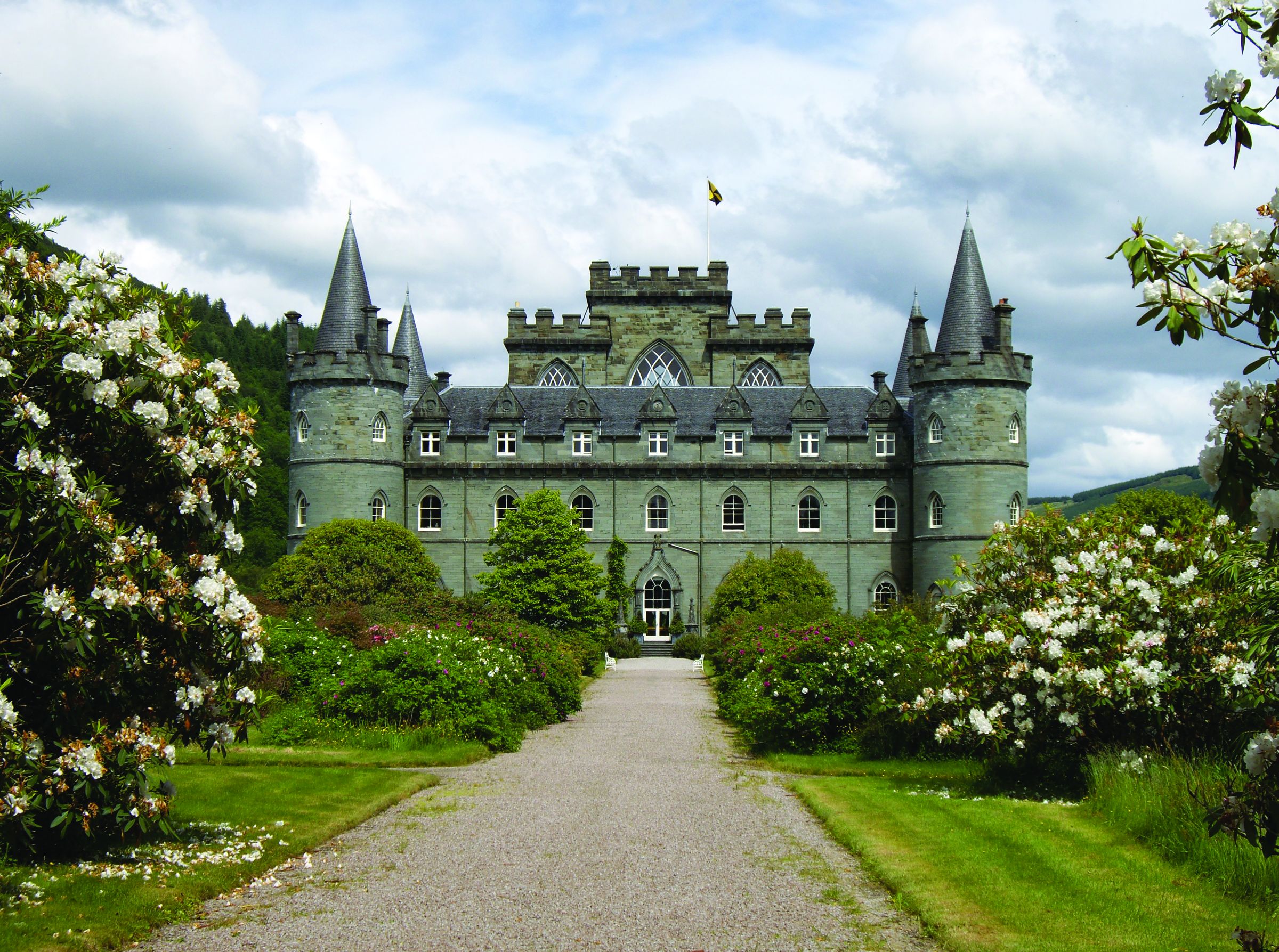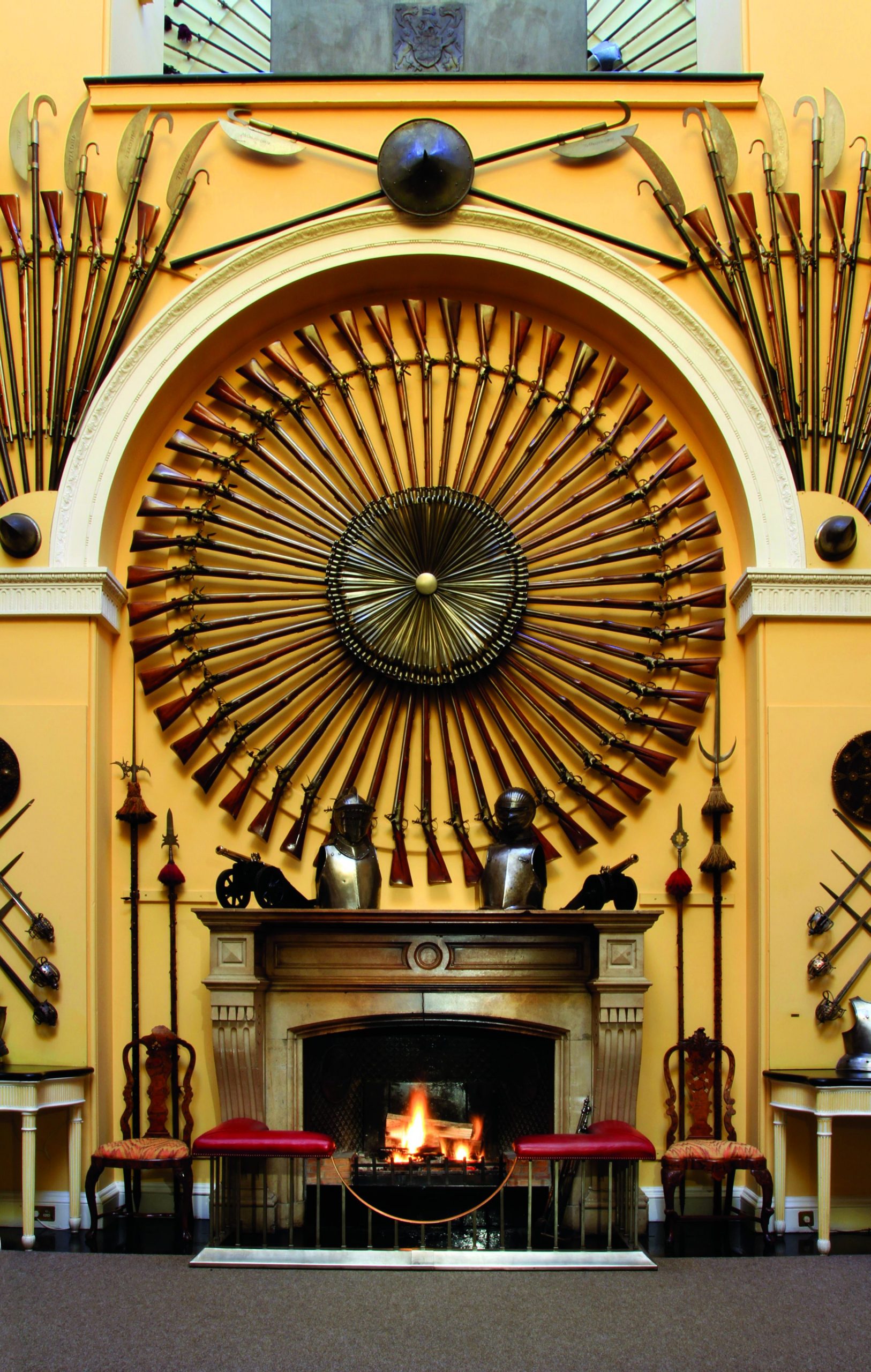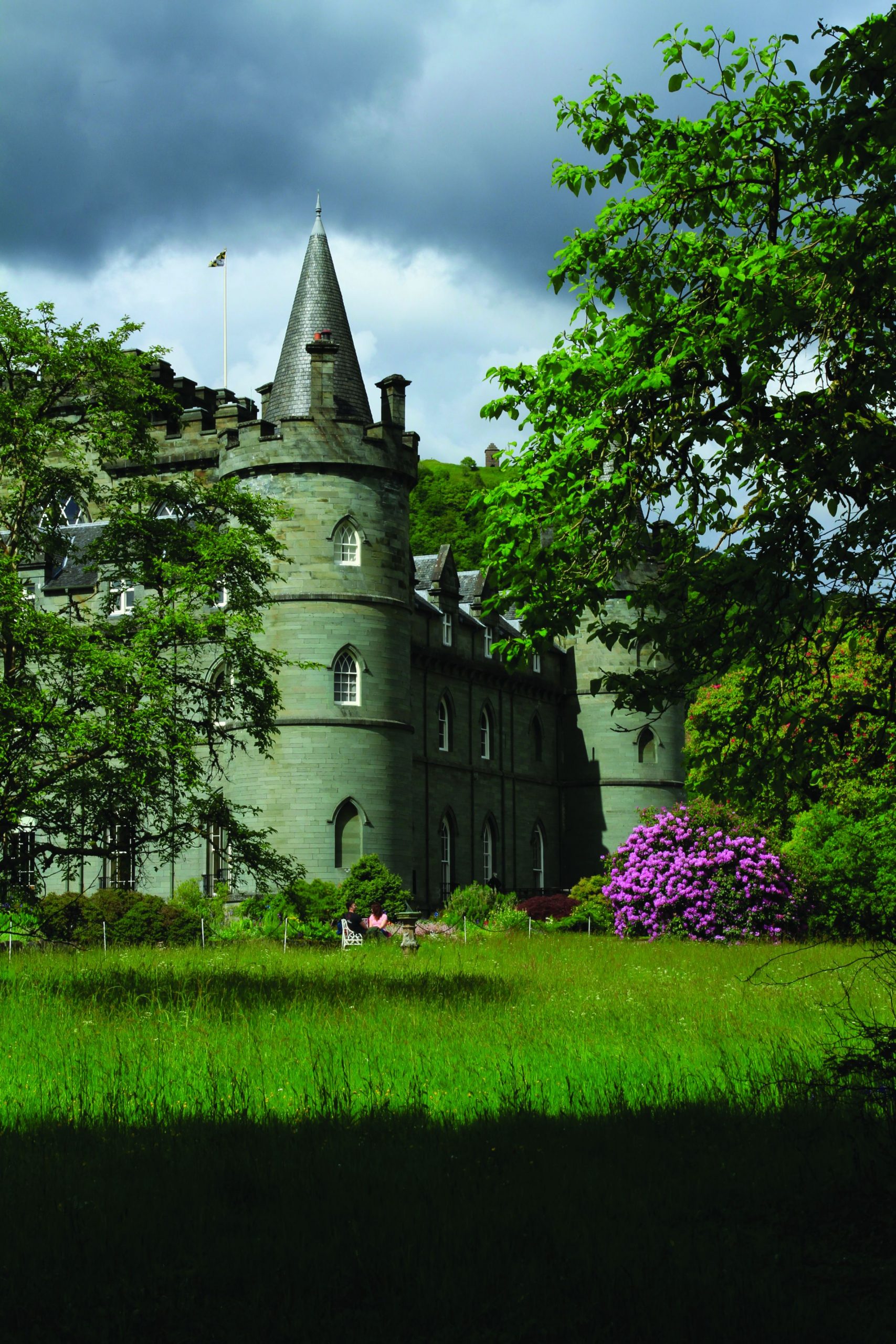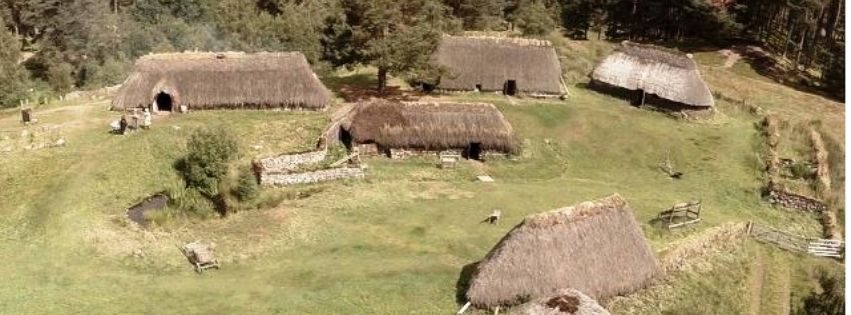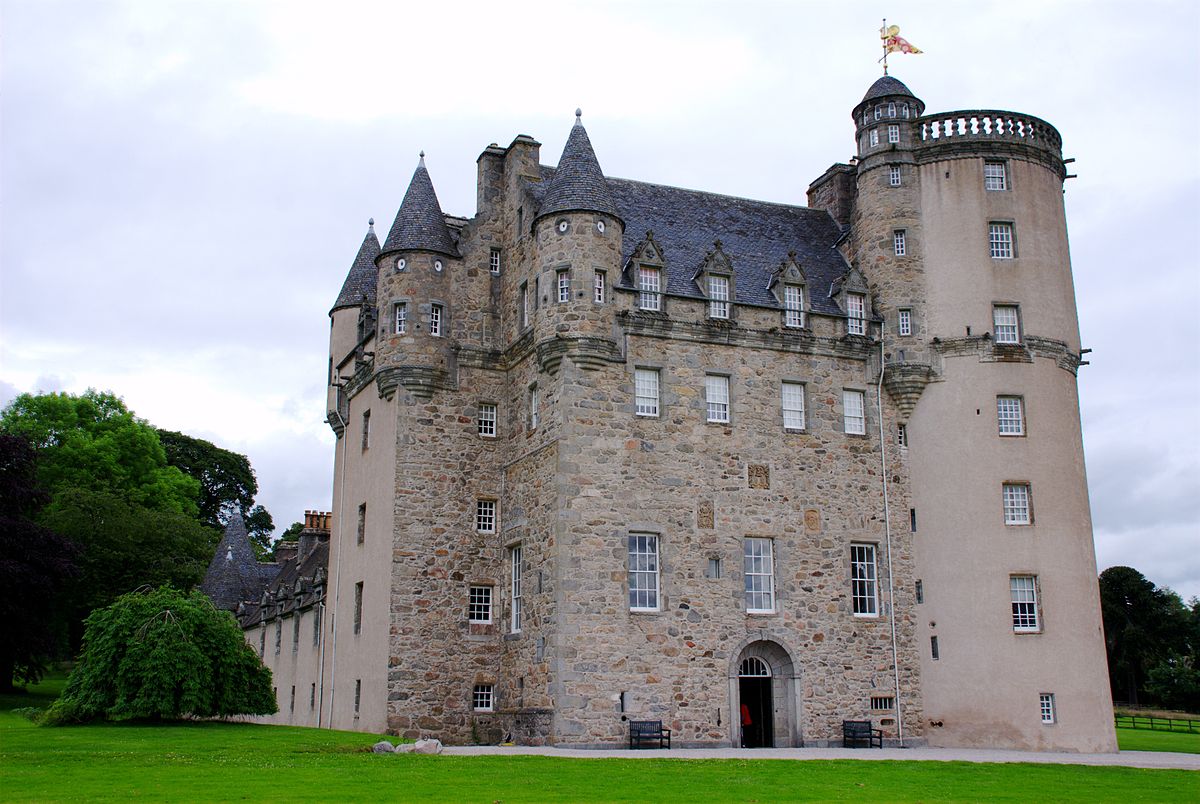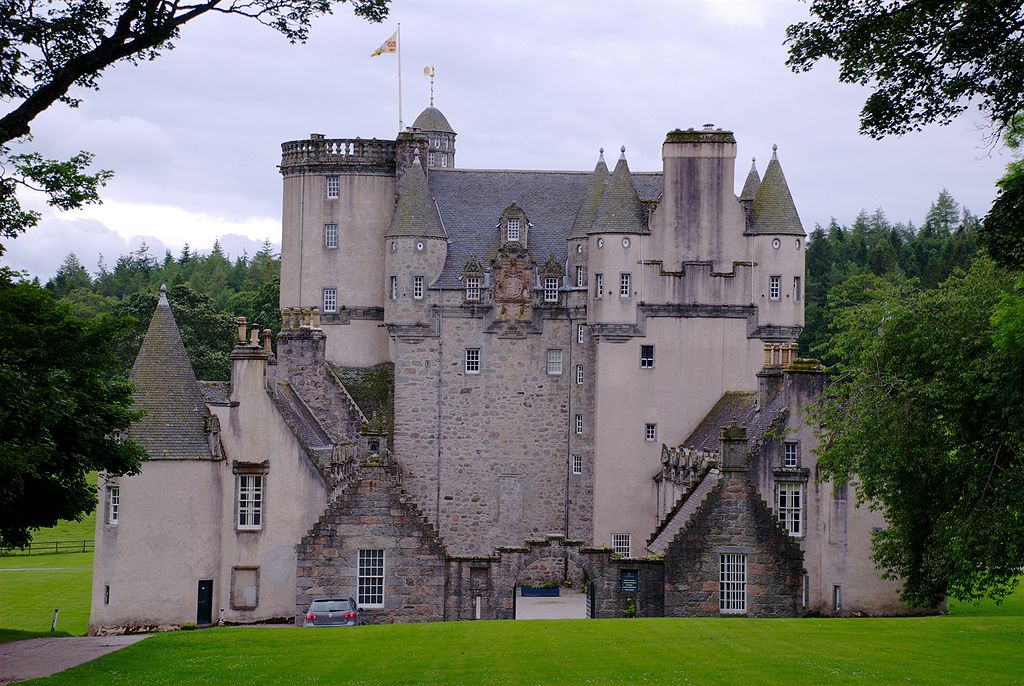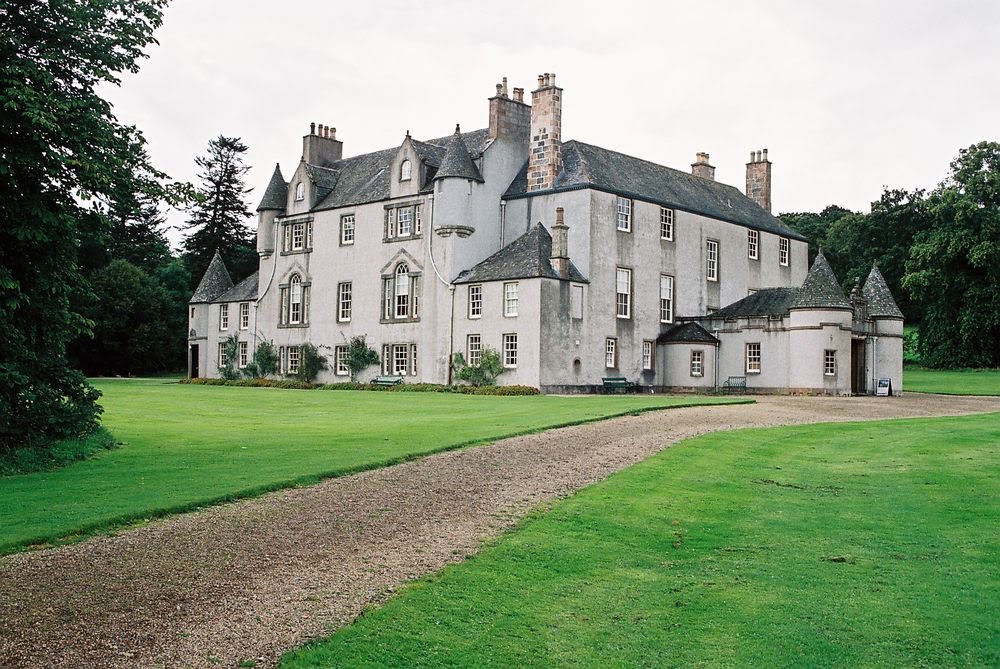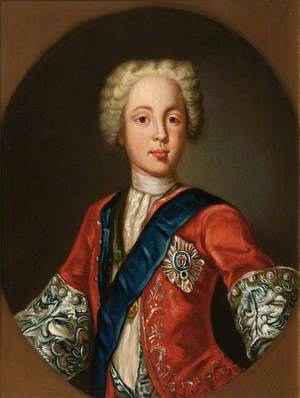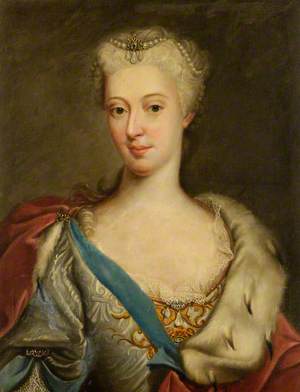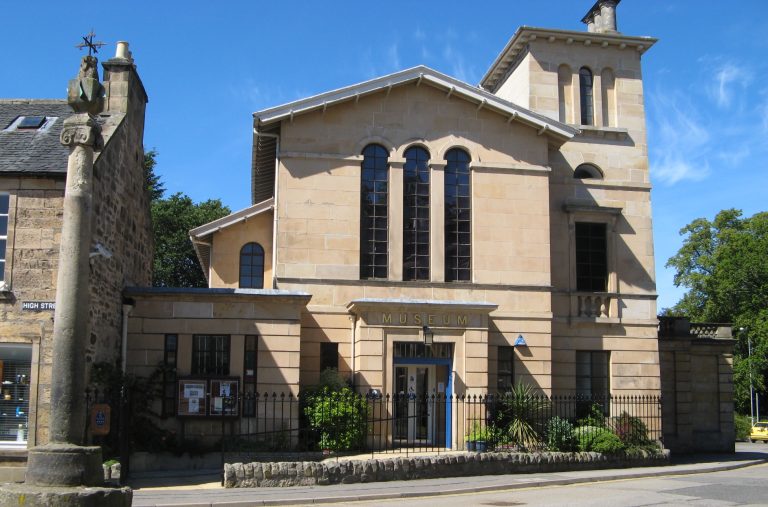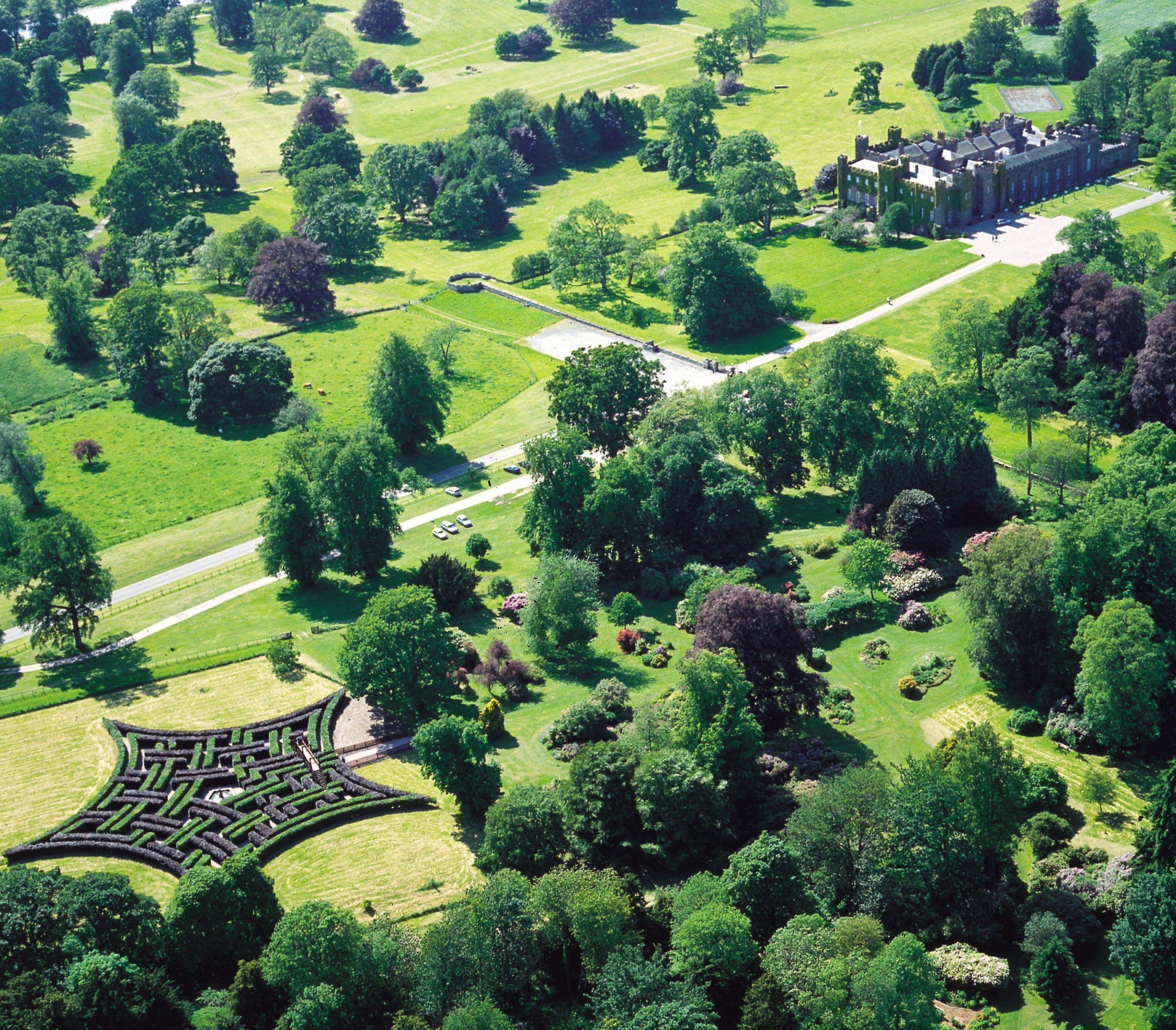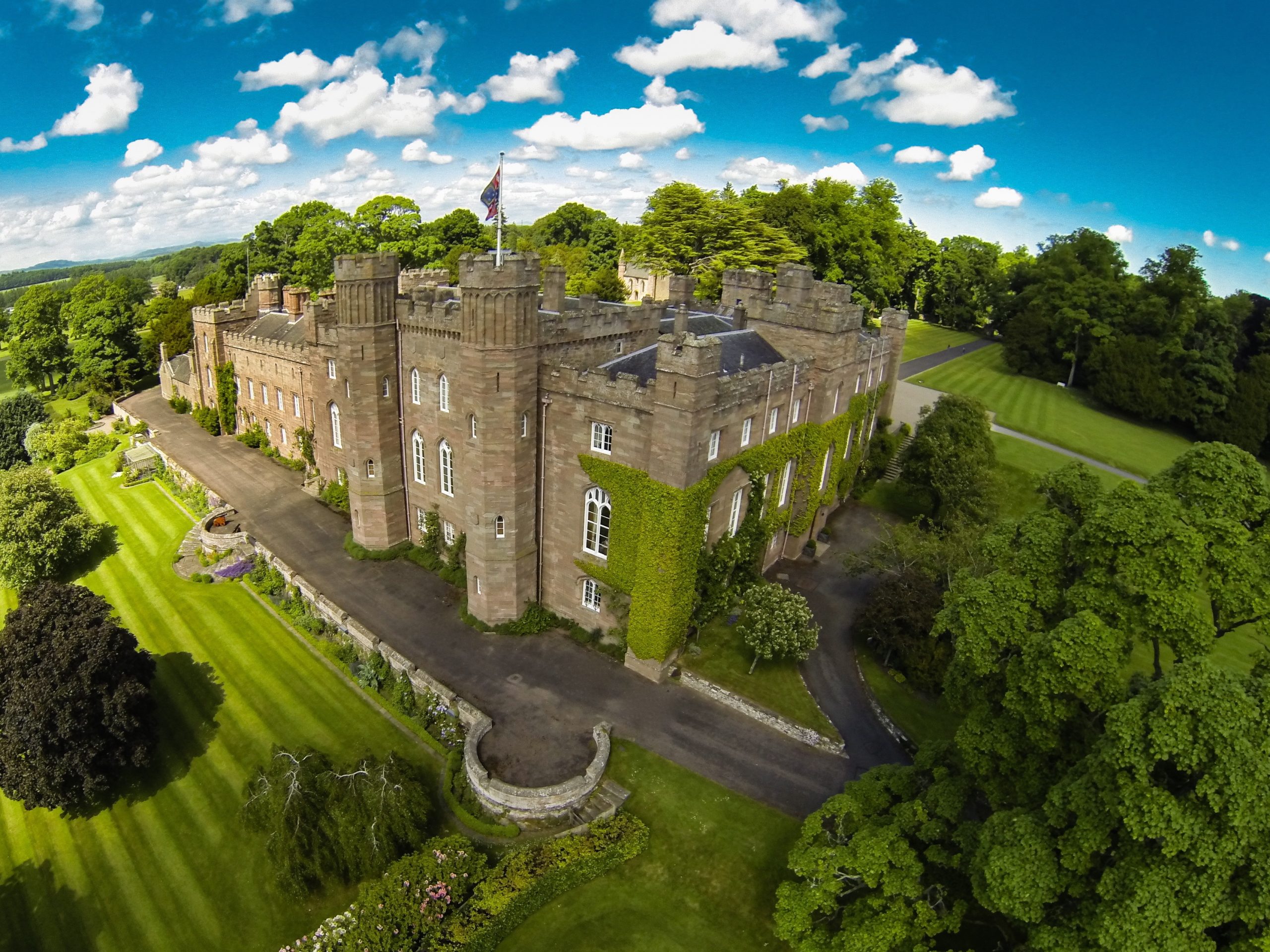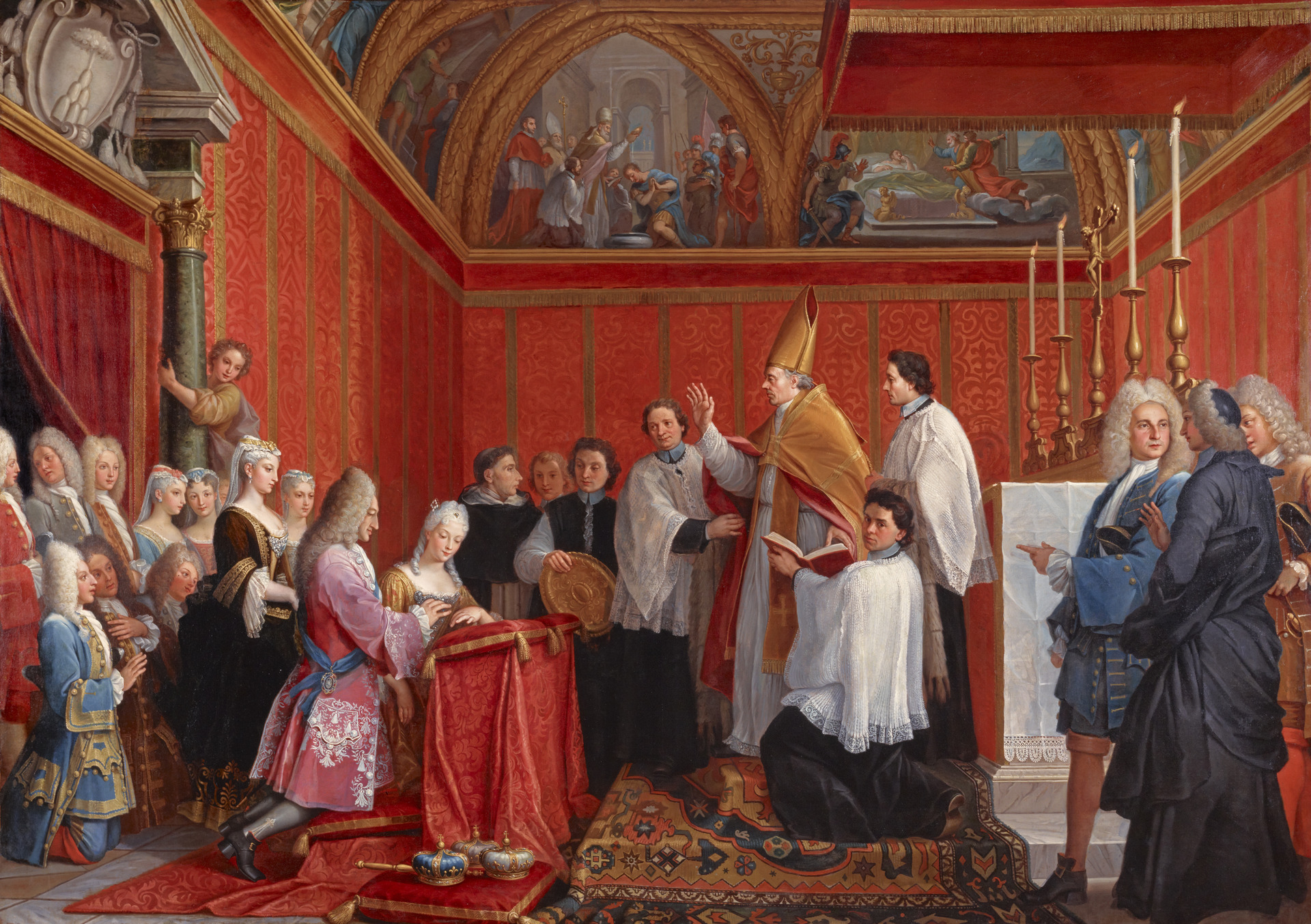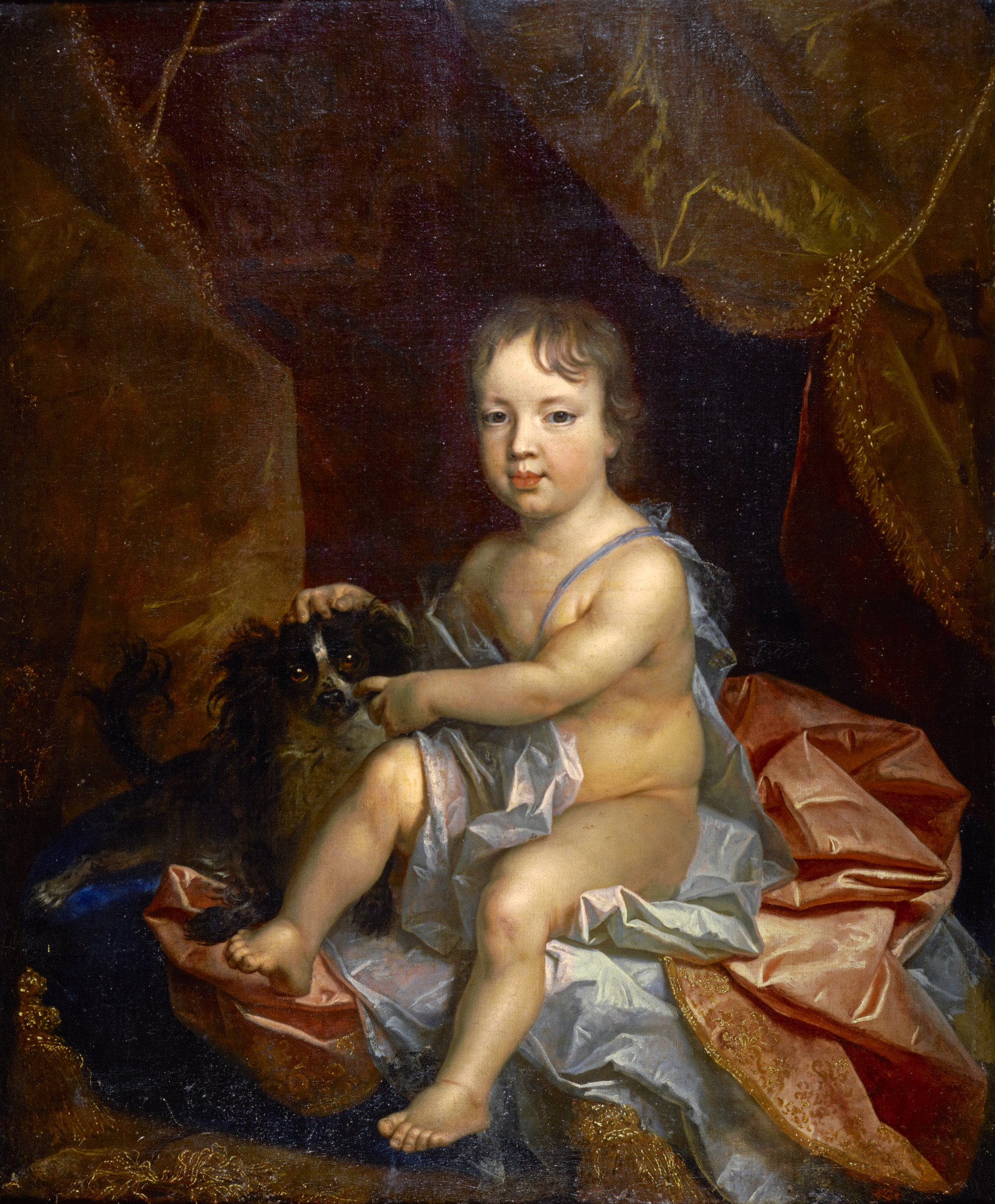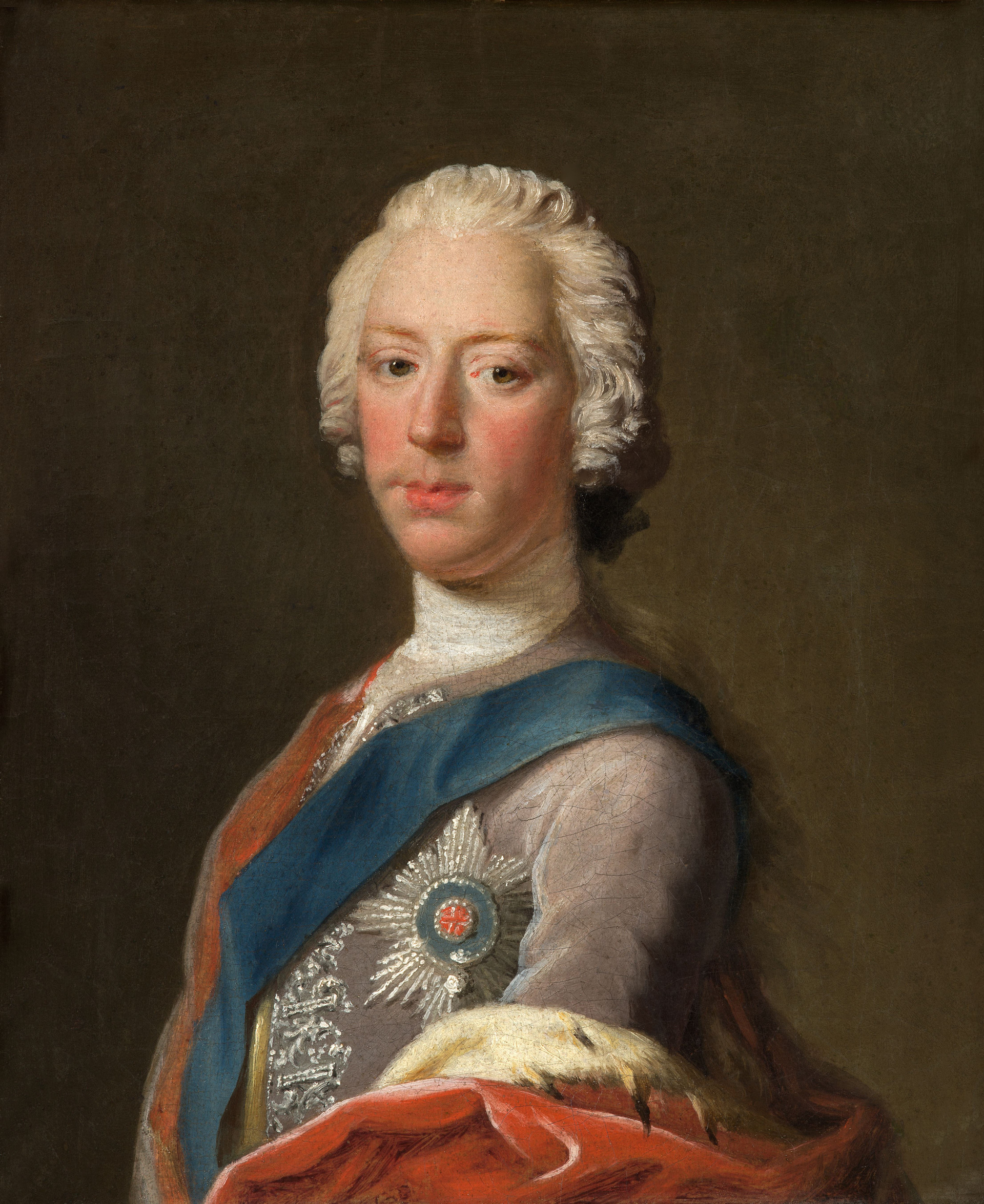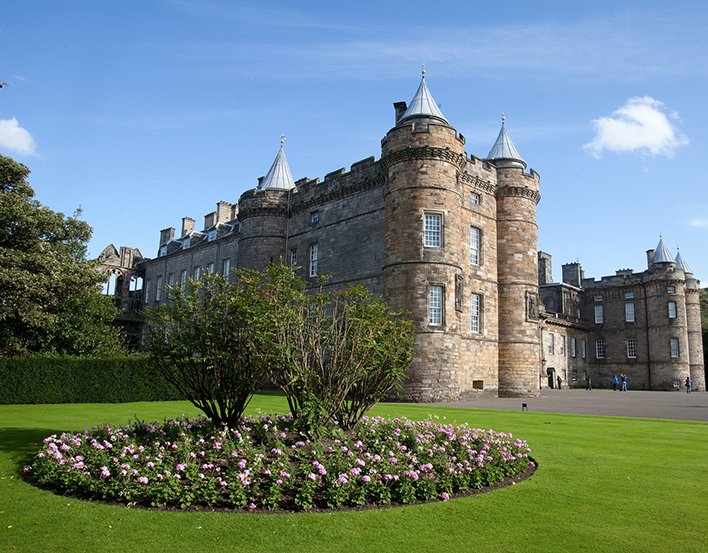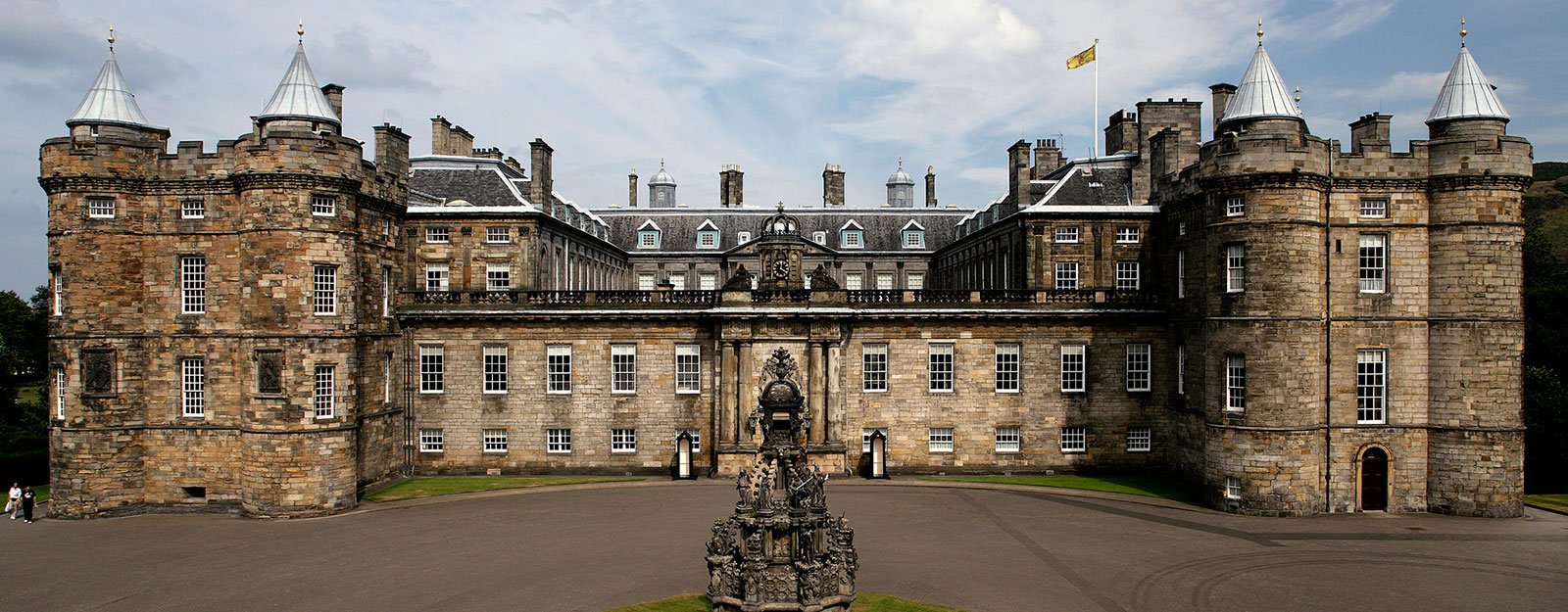The foundation stone for the new Inveraray Castle was laid in 1746 and dedicated to the Duke of Cumberland, illustrating the loyalty of the dukes of Argyll to the Hanoverian monarchy. Inside there are portraits of the dukes who led the Argyll militia into battle, the Culloden drum carried by the 43rd Argyll Militia and a display of flintlock muskets and bayonets from the battle of Culloden or gathered afterwards. The archives contain correspondence, accounts and receipts for military engagements throughout this period and also relating to management of estates forfeited after the 1715.
Access
Car parking. Regular bus service from Glasgow city centre. Admission charge. Opening hours (2023) 30 March - 30 September, Thursday - Monday 10:00 - 17:00; October, Thursday - Monday 10:00 - 16:00. Note that tours of and research visits to the archive must be arranged in advance, please see https://www.inveraray-castle.com/estate/argyll-papers and contact archives@inveraray-castle.com
Website
https://www.inveraray-castle.com
Contact
Tel: +44 (0)1499 302203
Enquiries via online form

